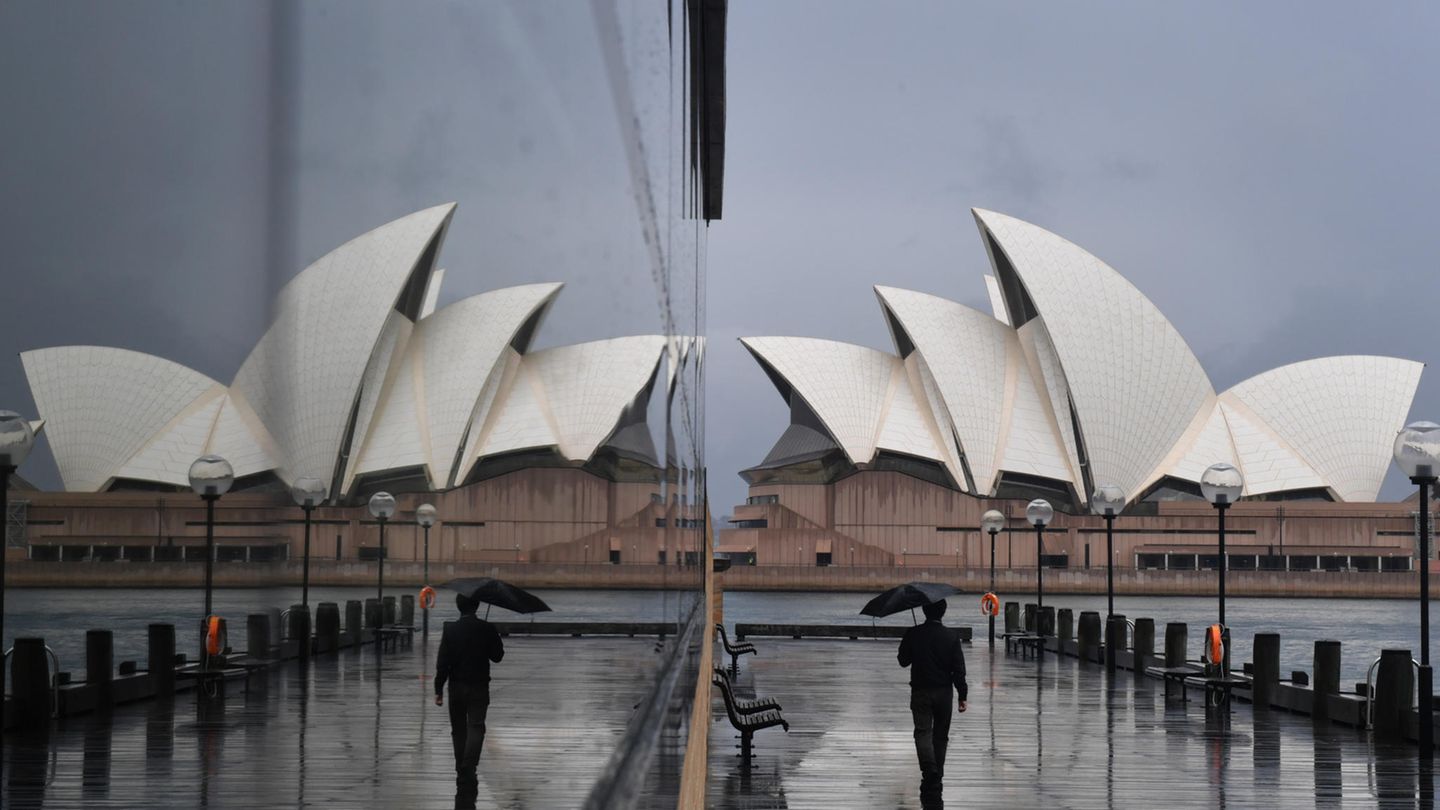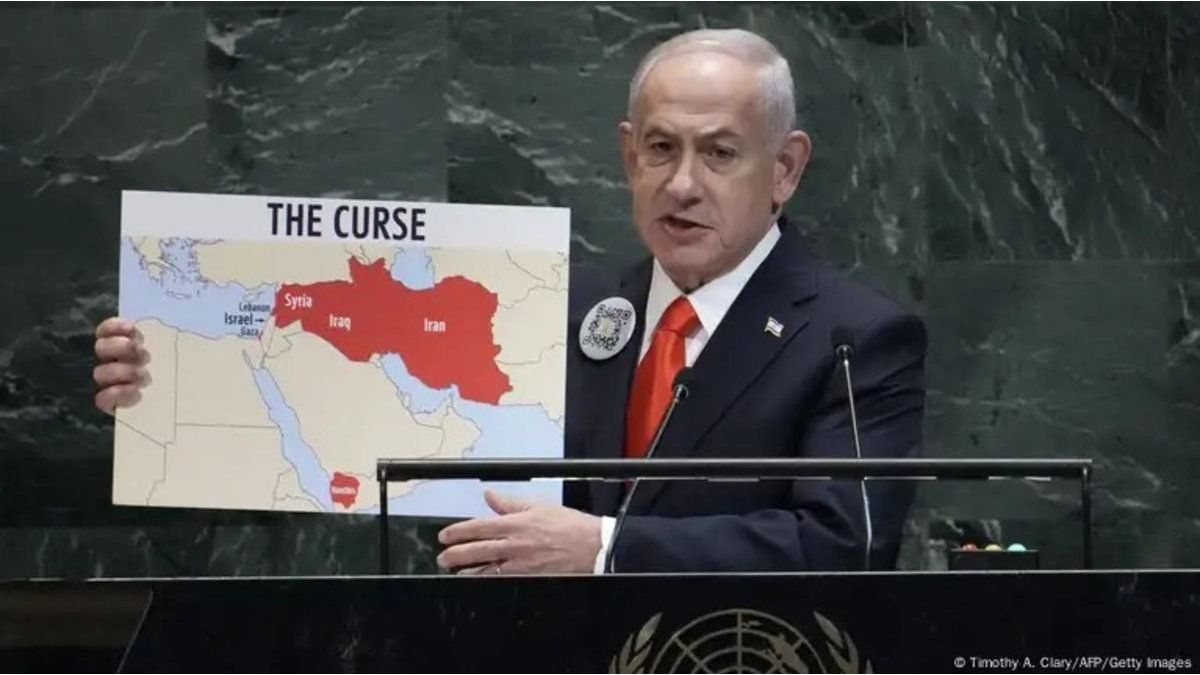A year ago the world looked enviously at Australia, where the population was enjoying life while the next wave of corona was heading elsewhere. But now the country is calling for lockdowns en masse. Why is that?
For a long time it was good for Australia. While a large part of the world was busy fighting pandemics, counting infected and dead people every day, the country was able to rest on the success of its strict Corona requirements – and was seen by many as a role model.
As early as March 2020, when the virus began to spread in Australia, the authorities reacted with drastic measures. Borders were closed to international traffic. Anyone wishing to enter the country had to show an Australian passport. Those returning from traveling had to undergo a two-week hotel quarantine with regular tests, and each person bore the costs. In addition, the government relied on contact tracking. Whether shopping or going to a restaurant: every citizen had to register using a QR code.
With the sometimes drastic measures, Australia managed to contain the virus. The Ministry of Health has counted 35,600 infected and 933 corona deaths since the outbreak of the pandemic. A recently published study also shows that the total death rate in Australia fell below that of previous years thanks to strict pandemic measures.
Dramatic increase in New South Wales
But now the country is suddenly faced with a problem, because the number of infections has been skyrocketing for weeks. The reason for this is the rapidly expanding delta variant. According to the Australian Ministry of Health, 3,933 people are currently actively infected. Most are from the state of New South Wales. There, the number of new infections rose to 291 within the last 24 hours, the highest number in one day since the beginning of the pandemic.
In the largest city of Sydney there have been curfews for six weeks, but so far they have hardly brought the hoped-for success. They were extended for another four weeks. On Friday, the number of new infections reached a new high of 279 cases.
The situation is similar in the neighboring state of Victoria. There, the metropolis of Melbourne announced the sixth lockdown on Thursday. Victoria State Prime Minister Dan Andrews said on Thursday that he had “no choice” and had to order a lockdown just a week after the end of the last curfew. There are now eight corona cases, the origin of which is still unclear. When the curfew began on Thursday evening, around 60 percent of Australia’s 25 million residents were affected by exit restrictions.
Protests against the lockdown
However, the authorities are currently not only concerned about the delta variant. For a long time, the government was able to count on the trust and obedience of the population in fighting the pandemic. But now the mood is changing. Two weeks ago there were massive protests in Sydney. Just over a week ago, thousands demonstrated in the city against the renewed lockdown. More and more people are also resisting the Corona requirements. Now the government in New South Wales has that. 300 unarmed soldiers are to ensure, among other things, that people who test positive comply with the quarantine obligation.
There were also protests in Melbourne, as reported by the Australian media. There were clashes with the police there in the night from Thursday to Friday. Many demonstrators also disregarded the mask requirement.
Vaccine skepticism among Australians is high
In view of the massive protests, Victoria’s Prime Minister Andrews said the decision to impose further curfews was not an easy one for him. To refrain from this, however, is out of the question. He told ABC News: “The alternative would be to just let things happen. That would overwhelm us and our hospitals, because then there would not be a hundred, but a thousand patients.”
In order to lead the country out of lockdown as quickly as possible, the Australian government is now also discussing freedoms for vaccinated people. In the country, only about 20 percent of the population are fully vaccinated, which is due to supply bottlenecks and great distrust of the country’s residents towards vaccinations. Experts from the University of Queensland also see this as a policy failure. Their delayed introduction of the vaccination had “” led to the vaccination, said the scientist Bernadette Hyland-Wood the broadcaster ABC. Like them, Australia was among the last countries to apply for a vaccine.
The Australian government had relied on the active ingredient from the manufacturer Astrazeneca for the vaccination campaign. Disputes with the EU would have delayed delivery at the beginning. For a long time it was unclear how many cans could be made available to citizens. The news of blood clots as a side effect of vaccination with Astrazeneca has also damaged public confidence and instead encouraged vaccination skepticism. The country has now also ordered cans from Pfizer, Moderna and Novavax. It is still to be decided whether the vaccines from the USA will be approved.
Government tightened entry ban
In the meantime, the government is trying to cope with the tense situation in another way. She plans to tighten travel restrictions from August 11th. Accordingly, the one that already exists. This is to prevent home visitors from contributing to the spread of the virus.

Although there is no travel ban for locals still living in Australia, they must apply if they want to leave the country. As the government announced, the country will only reopen its borders when 80 percent of the population has been vaccinated. According to the BBC, this level will probably not be reached until next year.
Legal experts, among others, criticize the plans. The restrictions may be seen as an interference with fundamental rights, as they prevent citizens living abroad from returning home. The restrictions that have been in place since last year have already prevented many people from visiting sick or dying relatives.
Sources:,,,,, DPA
David William is a talented author who has made a name for himself in the world of writing. He is a professional author who writes on a wide range of topics, from general interest to opinion news. David is currently working as a writer at 24 hours worlds where he brings his unique perspective and in-depth research to his articles, making them both informative and engaging.




